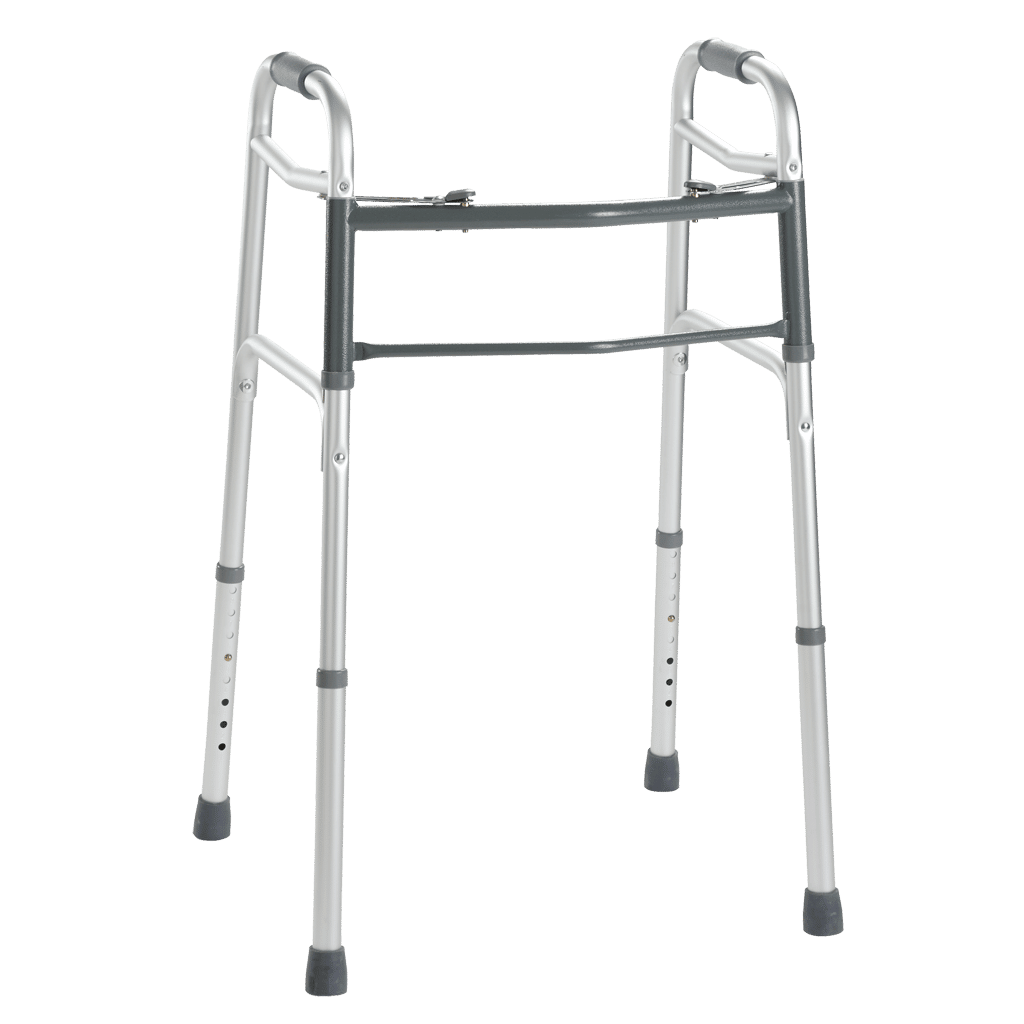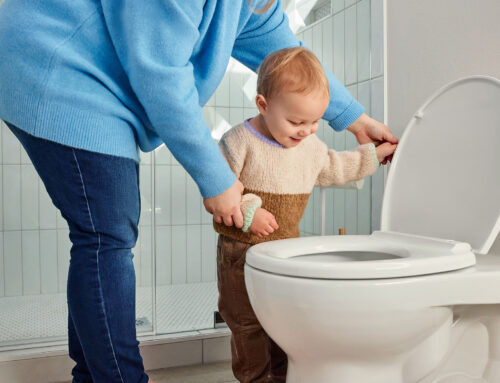Fall Prevention
What is involved in fall prevention?
Fall prevention involves taking steps to reduce the risk of falls, especially among older adults who are at a higher risk of falls and fall-related injuries. Some strategies for fall prevention include:
- Exercise: Regular exercise, particularly activities that improve balance, strength, and flexibility, can help reduce the risk of falls. Exercises such as tai chi, yoga, and walking can be beneficial.
- Home safety modifications: Making modifications to the home environment can help reduce the risk of falls. This may include removing tripping hazards, improving lighting, installing grab bars in the bathroom, and using non-slip mats or rugs.
- Medication management: Some medications can increase the risk of falls due to side effects such as dizziness or drowsiness. It’s important to review medications with a healthcare provider to identify any that may increase fall risk and to discuss alternatives or adjustments.
- Regular vision check-ups: Poor vision can increase the risk of falls. Regular vision check-ups can help ensure that vision problems are corrected, reducing the risk of falls.
- Footwear: Wearing appropriate footwear that provides good support and has non-slip soles can help reduce the risk of falls.
- Assistive devices: Using assistive devices such as canes, walkers, or handrails can provide support and help prevent falls, especially in older adults with mobility issues.
- Nutrition: Maintaining a healthy diet, including adequate intake of calcium and vitamin D, can help keep bones strong and reduce the risk of fractures in the event of a fall.
- Fall risk assessment: Healthcare providers can conduct fall risk assessments to identify factors that may increase the risk of falls and develop a plan to address these factors.
- Education and awareness: Educating individuals and caregivers about fall prevention strategies and the importance of taking steps to reduce fall risk can help prevent falls.
- Regular check-ups: Regular check-ups with a healthcare provider can help identify and address health issues that may increase fall risk.
Fall prevention is a multifaceted approach that involves identifying and addressing individual risk factors. By implementing these strategies, individuals can reduce their risk of falls and maintain their independence and quality of life. If you have fallen and suspect a hip injury, it is important to see your healthcare provider.




